Dictatorship is generally regarded as an absolute rule by an individual or a small group, who governs without the consent of those who are governed. The dictators consider themselves above the law and that they are not accountable to anyone. Human beings are instinctively possessive and those who happened to be at the helm of affairs of governments, by dint of their family background, a planned coup, or military support, have been the most famous dictators in history. Pharaohs in ancient Egypt had the absolute power to rule their subjects, therefore for all practical purposes they were probably the first dictators in history. A few rulers in Roman Empire too used the title of dictator, but for them it was not a pejorative term and was considered closer to nobility.
1. Adolf Hitler
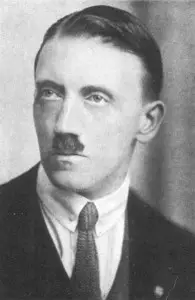
Adolf Hitler was born to Alois Hitler and Klara Polzl on April 20, 1889 at Braunau-am Inn, Austria-Hungary and died on April 30, 1945 at the age of 56 years in Berlin, Germany. He was Chancellor of Germany from 1934 to 1945 and the dictator of Nazi Germany, titled Führer und Reichskanzler. He was the main person behind the Second World War and Holocaust. He was arrested in 1919 after a failed attempt of coup d’etat in Munich. He wrote his memoir Mein Kampf, meaning ‘My Struggle’, during his imprisonment. He became popular among masses after attacking the treaty of Versailles and for his pan Germanism and anti-Jew as well as anti-communist beliefs which he promoted through his charismatic personality and Nazi propaganda. His aggressive policies and actions like the invasion of Poland in 1939 prompted the Second World War. He occupied most of the Europe and Africa in 1941. Due to his anti-Jew policy he murdered more than 5.5 million Jews and almost as many others, who were considered by him racially inferior to Germans.
2. Fidel Castro
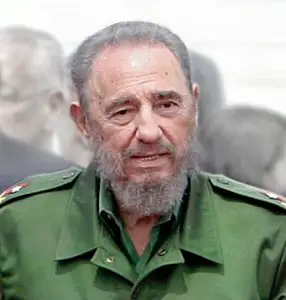
Fidel Alejandro Castro Ruz, commonly known as Fidel Castro, was born to Ãngel Castro y Argiz and his wife Lina Ruz González on August 13, 1926 in Biraan, Oriente Province, Cuba. He was Prime Minister of Cuba from 1959 to 1976 and President of Cuba from 1976 to 2008. Under his dictatorship Cuba became a one party socialist regime. On account of his failing health, he transferred powers to the Vice President Raul Castro in 2006. Raul Castro became President in 2008. On account of his friendly relations with Soviet Union, the American governments of Dwight D. Eisenhower and John F. Kennedy unsuccessfully tried to remove him. The American Bay of Pigs Invasion was one such attempts. He is a controversial figure, seen as a champion of socialism, humanitarianism, and environmentalism, but also as a human rights abuser and an absolute dictator. He has influenced many leaders like Nelson Mandela, Rafael Correa, Hugo Chávez, and Daniel Ortega..
3. Idi Amin Dada
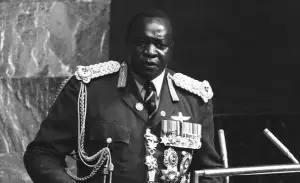
Although Idi Amin’s birthplace and date are not known exactly yet, according to one researcher Idi Amin was born to Andreas Nyabire and Assa Aatte. He converted from Roman Catholicism to Islam in 1910. He was the President of Uganda from 1971 to 1979. His rule is known for human rights abuse, ethnic killings, extrajudicial killings, political repression, nepotism and corruption. According to some human rights groups, more than 300,000 people were killed in his regime. In 1977, on radio Uganda, he announced his full title as His Excellency President for Life, Field Marshal Alhaji Dr. Idi Amin Dada, VC, DSO, MC, CBE.
4. Mobutu Sese Seko
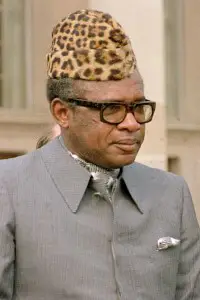
Mobutu Sese Seko was born to Marie Madeleine Yemo and Albéric Gbemani on October 14, 1930 in Lisala, Belgian Congo and died on September 7, 1997 at the age of 66 years in Rabat, Morocco. He was the President of Republic of Congo from 1965 to 1997. In 1971 the African dictator changed the name of the country from Congo to Zaire. He was supported by Belgium and USA on account of his anti-communist stance. His regime is known for the worst kind of political repression, nepotism, and corruption. He accumulated a lot of fortune and made his country live below the poverty line. Rebel forces led by Laurent Kabila expelled him from the country in 1997.
5. Benito Mussolini
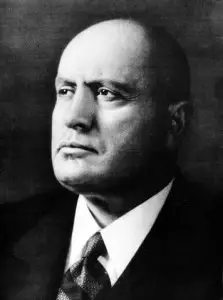
Benito Amilcare Andrea Mussolini, better known by his single name Mussolini, was born to Alessandro Mussolini and Rosa Mussolini on July 29, 1883 at Predappio, Forlì, Kingdom of Italy, and died on April 28, 1945 at the age of 61 years in Giulino di Mezzegra, Kingdom of Italy. He ruled Italy from 1922 to 1943. He seized total power in 1926 and since then ruled as a dictator with self proclaimed title Il Duce, meaning the leader. Foreseeing an imminent defeat, Mussolini tried to escape in late April 1945, but was captured and subjected to summary trial. He was executed following the summary trial and his body was hanged upside down at a petrol station in Milan, for public viewing and confirmation.
6. Mao Zedong
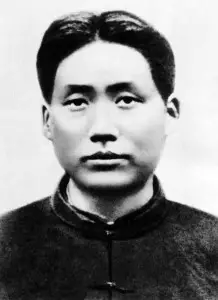
Mao Zedong, commonly referred to as Chairman Mao, was born to Mao Yichang and Wen Qimei on December 26, 1893 in Shaoshan, Hunan and died on September 9, 1976 at the age of 82 years in Beijing, China. He was the founding father of People’s Republic of China and ruled it as Chairman of the Communist Party of China since its inception in 1949 until his death in 1976. He converted China into a single party socialist state. On one hand he is praised for developing China into a world power, while on the other hand he is condemned for more than 50 million killings in his regime by starvation, forced labor, and execution.
7. Francisco Franco
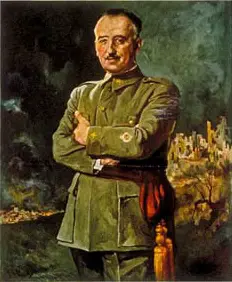
Francisco Franco was born to Nicolás Franco y Salgado and MarÃa del Pilar Bahamonde Pardo de Andrade on December 4, 1892 in Ferrol, Galicia and died on December 20, 1975 in Madrid, Spain. He came into power during the Spanish Civil War and ruled Spain as a dictator from 1936 until his death in 1975.He prolonged his rule by using all sorts of tactics including induced fights between political factions, oppression of political opponents, heavy punishments, forced labor, and concentration camps. He was the longest ruling dictator in modern history. Due to his declining health he designated Prince Juan Carlos, grandson of the former King of Spain, as his successor. Juan Carlos became the King of Spain after Franco’s death.
8. François Duvalier
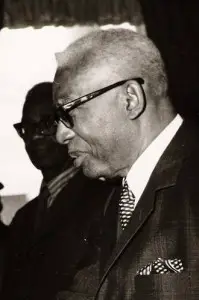
François Duvalier was born to Duval Duvalier and Ulyssia Abraham on April 17, 1907 at Port-au-Prince, Haiti and died on April 21, 1971 at the age of 64 years, also in Port-au-Prince. He came into prominence after fighting diseases and was nicknamed Papa Doc. He opposed coups d’etat in 1950 and was elected as president. He ruled Haiti as a dictator, titled as President for Life. The use of personality cults and voodoo caused the death of more than 30,000 Haitians and brain drain in his rule. After his death, his son Jean-Claude, nicknamed Baby Doc, took over to continue the dictatorship.
9. Rafael Trujillo
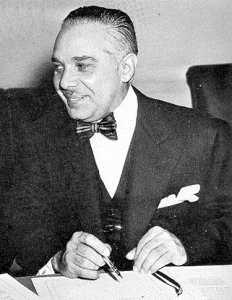
afael Trujillo was born to José Trujillo Valdez and Altagracia Julia Molina Chevalier on October 24, 1891 in San Cristobal, Dominican Republic and died on May 30, 1961 in Ciudad Trujillo, Dominican Republic. He was nicknamed as El Jefe, meaning the chief. Trujillo ruled as the dictator of the Dominican Republic from 1930 until his assassination in 1961. His thirty-year dictatorship is considered the bloodiest period in the history of the country. More than 50,000 people were killed during his regime and more than 25,000 of them were killed in the Parsley Massacre alone.
10. Ferdinand Marcos, Sr.
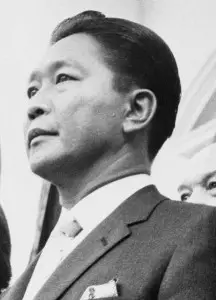
Ferdinand Emmanuel Edralin Marcos, Sr., commonly known as Ferdinand Marcos, was born to Mariano Marcos and Josefa Edralin on September 11, 1917 in Sarrat, Ilocos Norte, Philippines and died on September 28, 1989 at the age of 72 years in Honolulu, Hawaii, United States. He was the President of the Philippines from 1965 to 1986. His rule is characterized by the violation of human rights, political repression, and large scale corruption. His government was accused of assassinating his political opponent, Benigno Aquino. The public outrage prompted the People Power Revolution, which culminated in his removal and ultimate exile in Hawaii. He and his wife Imelda Marcos had transferred billions of dollars from public funds to Switzerland, and other countries.
Conclusion:
All kinds of dictatorships, whether achieved through imposing emergency rule or through revolution, have an element of oppression, tyranny and corruption in their nature. Next only perhaps to natural disasters, the greatest numbers of human deaths have been caused during authoritarian rule at the hand of callous dictators. Some common characteristics of dictators include suspension of civil liberties and elections, declaration and implementation of state of emergency, oppression of the opponents, and formation of kangaroo courts.










Leave a Reply